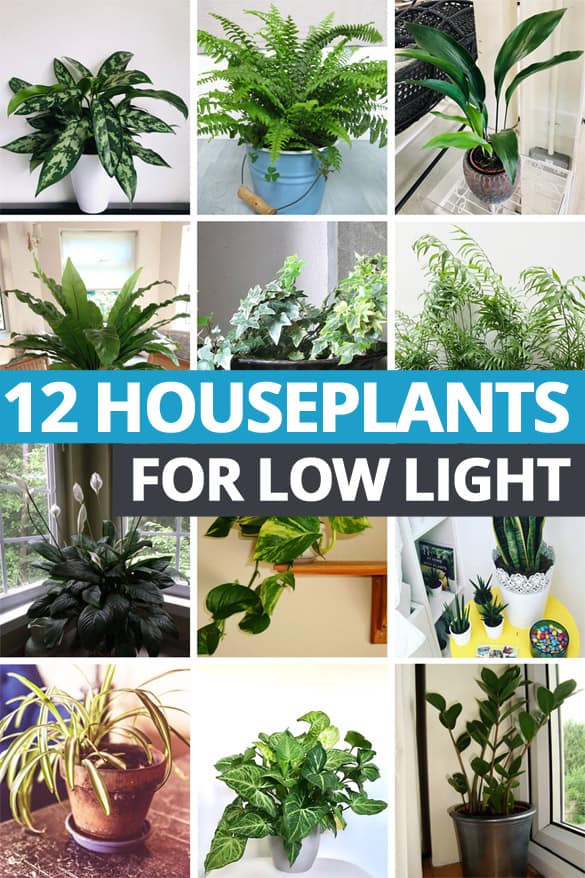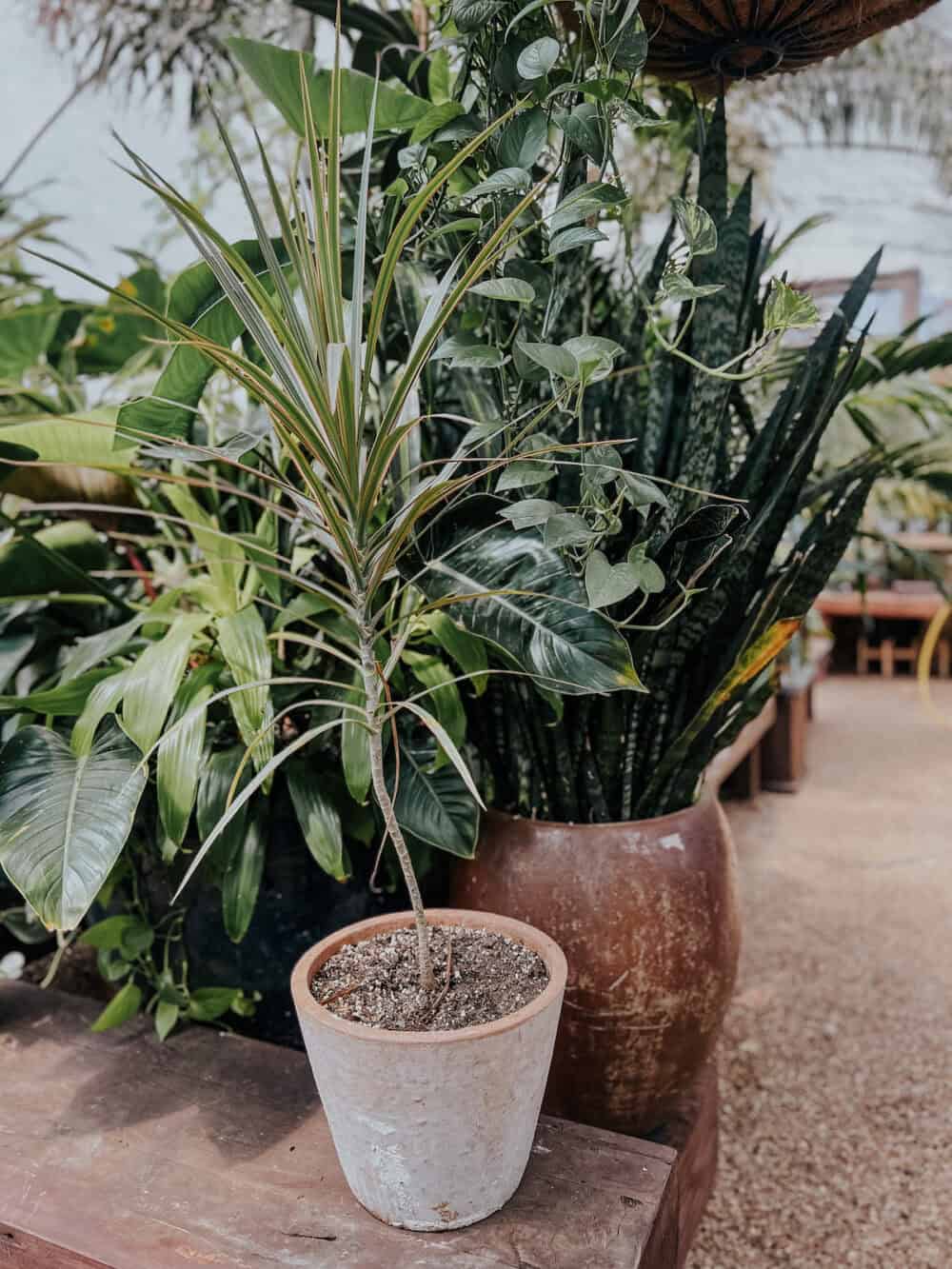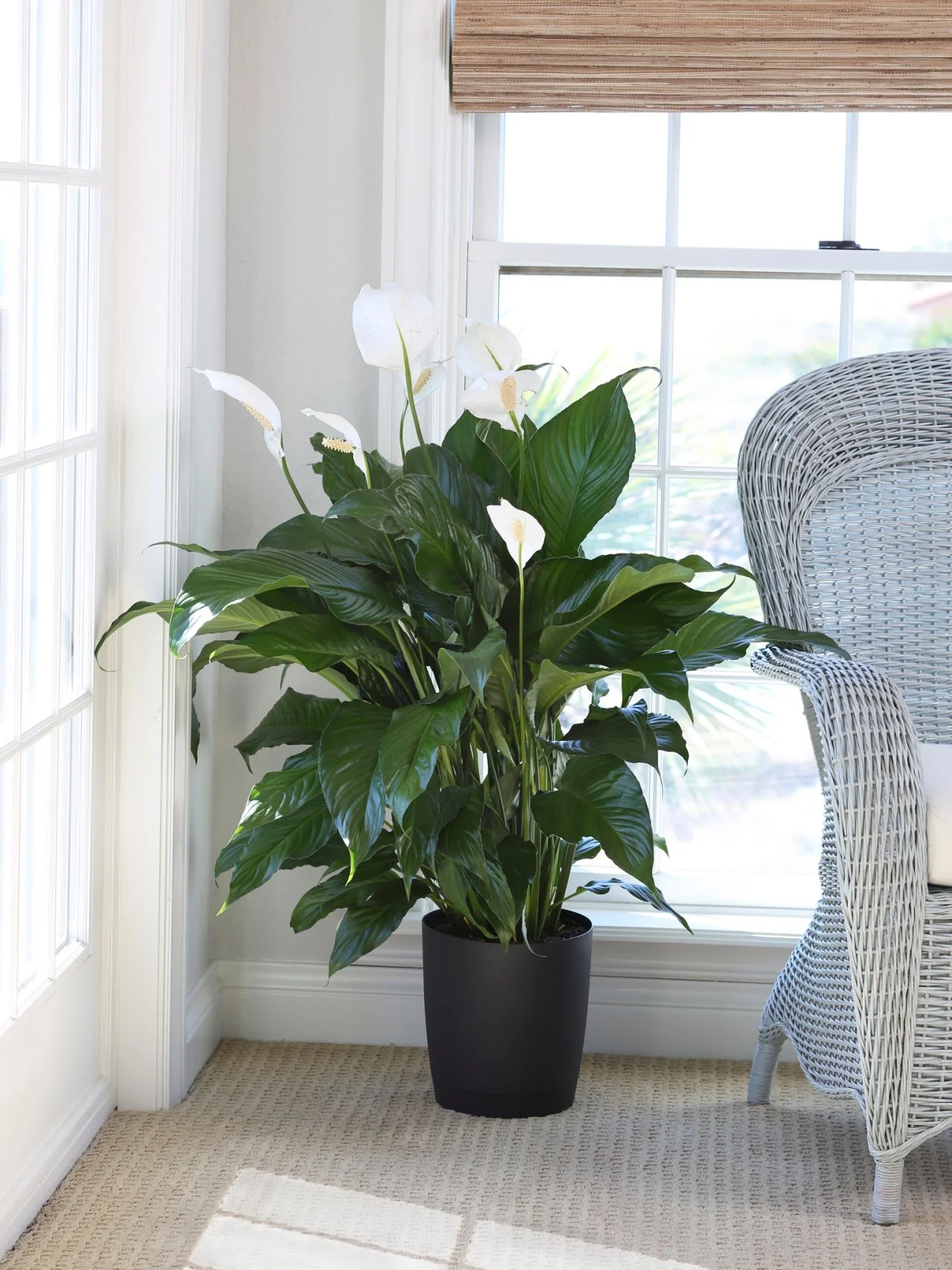Transform Your Living Space with the Best Low-Light Indoor Plants
Transform Your Living Space with the Best Low-Light Indoor Plants
Blog Article
Discover the Secrets of Low-Light Indoor Plants and Just How They Boost Your Environment
Low-light indoor plants have gathered raising attention for their unique capability to improve both aesthetic appeal and environmental high quality within homes and workplaces. These durable species, consisting of the Serpent Plant and Peace Lily, not just thrive in difficult illumination conditions however likewise play a critical function in air filtration and psychological health. Comprehending the particular advantages and care requirements of these plants can substantially influence your space. As we discover the complexities of their benefits, you may uncover understandings that might transform your environments in unanticipated means.
Advantages of Low-Light Indoor Plants
Although many individuals assume that interior plants call for plentiful sunlight to flourish, low-light indoor plants use a multitude of advantages that make them perfect for various environments. One of the main advantages is their flexibility; they can flourish in spaces with minimal natural light, such as workplaces, basements, or spaces with small windows. This function permits individuals to improve their environments with plant, contributing to enhanced appearances without the demand for extensive illumination adjustments.
Furthermore, low-light interior plants can substantially improve interior air quality by launching and filtering system dangerous contaminants oxygen, making living areas healthier. The presence of plants has been connected to better sensations of harmony and focus.
In addition, low-light plants typically call for less maintenance than their sun-loving counterparts, making them perfect for hectic individuals or those new to horticulture. Their resilience enables them to thrive with very little intervention, thus providing a gratifying experience for plant lovers and novices alike. In recap, low-light indoor plants serve both visual and practical purposes, making them important enhancements to any space.
Leading Low-Light Plant Selections
Low-light interior plants been available in a selection of types, each offering unique characteristics and advantages suited for dark environments. Amongst the most popular ranges is the Snake Plant (Sansevieria), recognized for its air-purifying capacities and building fallen leaves. This resilient plant prospers on neglect and can endure a variety of light problems.
One more outstanding choice is the ZZ Plant (Zamioculcas zamiifolia), which features glossy, dark green fallen leaves and is highly drought-tolerant. Its adaptability makes it a favored for offices and homes with restricted sunlight.
The Pothos (Epipremnum aureum) is likewise a top challenger, with its trailing vines and heart-shaped leaves - Best low-light indoor plants. This functional plant can be trained to climb or cascade, adding aesthetic rate of interest to any room

Care Tips for Low-Light Plants
Looking after low-light interior plants requires a nuanced understanding of their details needs to make sure optimum growth and vitality. It is essential to select the best potting mix, as a well-draining dirt is vital to protect against origin rot. A mix developed for houseplants, frequently consisting of peat moss and perlite, functions well for a lot of low-light ranges.
Watering is one more crucial element of care. Low-light plants generally need less regular watering contrasted to their sun-loving counterparts.
Fertilizing needs to be approached with care. Throughout the growing season, a diluted fluid plant food can be applied monthly, but in cold weather, lots of low-light plants go into dormancy and need little to no fertilization.
Lastly, it's vital to occasionally clean up the fallen leaves to eliminate dust, enabling for much better light absorption. By sticking to these care pointers, you can grow a successful environment for your low-light indoor plants, improving both their look and durability.
Enhancing Air High Quality With Plants
Interior plants these details play a substantial function in boosting air high quality within homes and workplace. With the procedure of photosynthesis, these plants take in co2 and release oxygen, contributing to a healthier atmosphere. Additionally, specific low-light interior plants possess the ability to filter unsafe contaminants, such as benzene, trichloroethylene, and formaldehyde, which are frequently found in interior environments.

In addition, the visibility of interior plants can raise moisture levels, which assists relieve completely dry skin and respiratory system concerns, additionally boosting total health. This capacity to improve air high quality not only advertises physical health however also sustains psychological health.
Incorporating low-light indoor plants into your living and working areas can cause a more vibrant and stimulating atmosphere (Best low-light indoor plants). Purchasing these natural air purifiers is a simple yet reliable approach for enhancing indoor air high quality and cultivating a healthier way of life
Developing a Tranquil Indoor Area
The combination of plants right into living rooms not just improves air high quality yet additionally adds to a relaxing ambience. Low-light indoor plants, such as snake plants and pothos, are specifically reliable in developing a tranquil atmosphere, as they grow in problems that might or else be inhospitable for various other plant. Their lavish foliage gives a relaxing visual, decreasing anxiety and promoting relaxation.
Incorporating these plants right into your office or home can stimulate a sense of tranquility and health. Strategically positioning them in areas where you spend substantial time, such as living areas or workspaces, enables an immersive experience with nature, which has actually been revealed to boost mood and cognitive feature.
Moreover, the mild movement of fallen leaves in action to air flow can produce a dynamic aesthetic component that enhances the general setting. Think about using a selection of plant elevations from this source and structures to include depth and passion to your room. With thoughtful placement and treatment, low-light indoor plants can transform any type of area into a tranquil haven, fostering not only aesthetic fulfillment yet mental and additionally psychological wellness.

Final Thought
Including low-light indoor plants right into various settings yields significant advantages, consisting of boosted air top quality and improved aesthetic appeal. These durable types not only prosper in minimal light however likewise add to a calming atmosphere, promoting mental and emotional health. By choosing suitable varieties and executing proper treatment methods, people can successfully grow a calm indoor room that cultivates well-being and performance. The transformative find out here power of low-light plants emphasizes their value in enhancing both property and work-related setups.
Although numerous people assume that interior plants need abundant sunlight to flourish, low-light indoor plants supply a wide range of advantages that make them excellent for numerous settings.Moreover, low-light interior plants can significantly enhance indoor air high quality by launching and filtering harmful contaminants oxygen, making living areas healthier. In addition, particular low-light interior plants have the ability to filter dangerous toxins, such as benzene, trichloroethylene, and formaldehyde, which are commonly found in interior settings.
Low-light interior plants, such as snake plants and pothos, are especially reliable in developing a tranquil environment, as they flourish in conditions that might or else be inhospitable for other plant.Incorporating low-light indoor plants right into various atmospheres yields considerable advantages, consisting of improved air quality and enhanced aesthetic allure.
Report this page